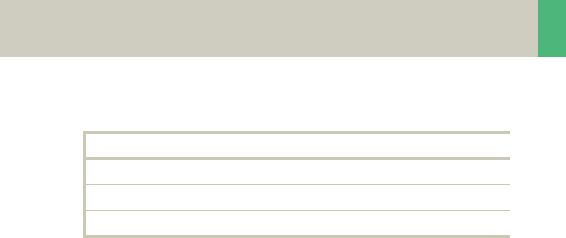Scanner User Manual
Table Of Contents
- User Documentation
- Scan and Reconstruction
- Dose Information
- Workflow Information
- Application Information
- Head
- Neck
- Shoulder
- Thorax
- Abdomen
- Pelvis
- Spine
- Upper Extremities
- Lower Extremities
- Vascular
- Specials
- Children
- Overview
- Hints in General
- HeadRoutine_Baby
- HeadRoutine_Child
- HeadSeq_Baby
- HeadSeq_Child
- InnerEar
- SinusOrbi
- Neck
- ThoraxRoutine_Baby
- ThoraxRoutine_Child
- ThoraxHRSeq_Baby
- ThoraxHRSeq_Child
- Abdomen_Baby
- Abdomen_Child
- Spine_Baby
- Spine_Child
- ExtrHR_Baby
- ExtrHR_Child
- HeadAngio
- HeadAngio08s
- CarotidAngio
- CarotidAngio08s
- BodyAngio
- BodyAngio08s
- NeonateBody
- syngo 3D
- syngo Fly Through
- syngo Dental CT
- syngo Osteo CT
- syngo Volume Evaluation
- syngo Dynamic Evaluation

Vascular
175
Hints
• CARE Bolus may be used to optimize the bolus tim-
ing.
• Set the ROI for monitoring scan in the abdominal
aorta with triggering threshold of 120 HU, or use
manual triggering.
• Do not administer oral contrast medium, as this
impairs the editing of MIP/SSD/VRT images.
• Use water as oral contrast.
• The length of the CM spiral in the topogram (via the
table position) can be planned exactly by means of
pre-contrast images.
• Precontrast images are used to visualize calcifica-
tion.
• Excellent post-processed images can be created
using a thin slice thickness and overlapping images,
i.e. the increment should be smaller than the slice
thickness.
Contrast medium IV injection
Start delay 20 sec.
Flow rate 3.5 ml/sec.
Total amount 120 ml
C2-025.630.01.01.02_APPLICATIONGUIDE_SPIRIT.book Page 175 Friday, April 8, 2005 9:55 AM










